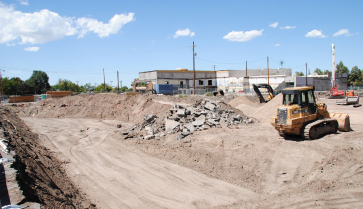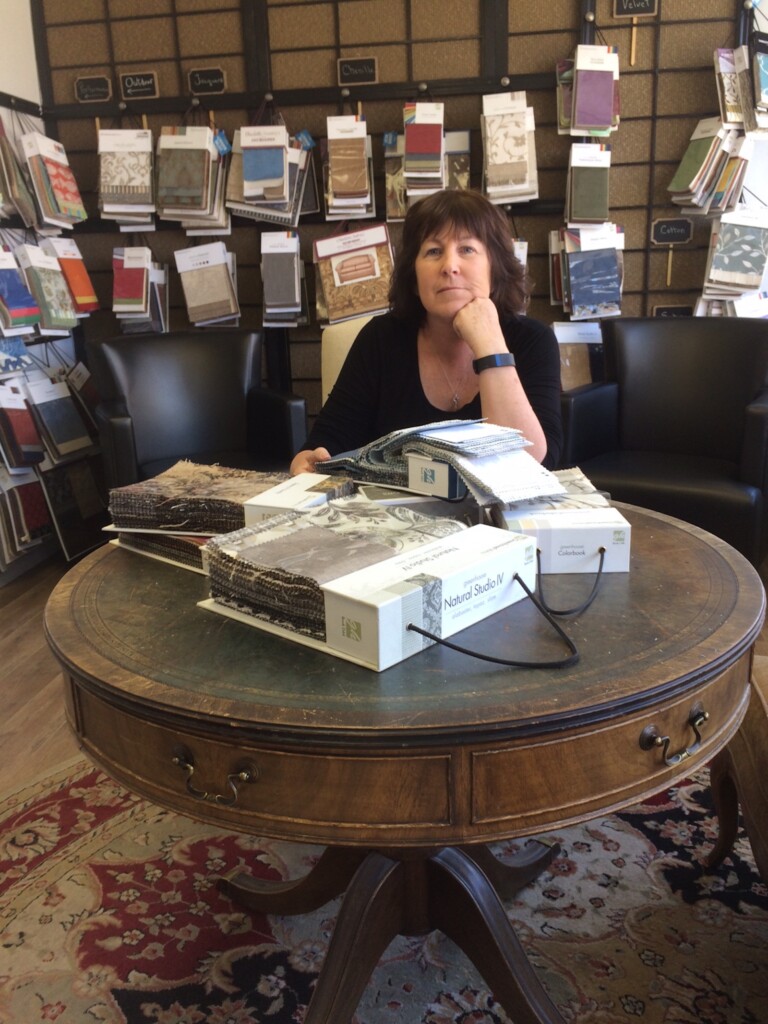A Bolder Approach to Redevelopment

Take a peek through the front of Granite Furniture on 21st South and you will see a view from 1910, a glimpse of the original store that built the reputation of Sugar House as the “Furniture Capital of the West.” Granite’s marketing strategy was to provide “Everything in House Furnishings” all in one place, and customer response was so great that the store expanded twice over the next four years. In 1926, a three-story addition was built next door to the original building.
The newest owners of the Granite Furniture Showroom believe that preserving its history is the best strategy for their Sugar House redevelopment project. Boulder Ventures Development (BVD) is spending $500,000 to carefully strip away modern additions to the store, revealing the structural “bones” of the original building.
Mark Isaac, Boulder Ventures’ project manager, believes that protecting Granite Showroom’s historic character is the surest path to success in the local retail and office market. But that requires a developer with a sense of adventure. Architects and engineers estimated there had been up to twelve additions to the original structure. They said the place was “all a mystery.” Last March, workmen began to uncover the hidden layers of the old buildings.
Superintendent Eric Lee has worked in construction for twenty years. He understood from the start the Granite building’s importance. His crew worked by hand to remove brittle brick and crumbling mortar from exterior walls. They painstakingly protected the ceiling joists, the interior brick, and the detailed craftsmanship of the original woodwork hidden for decades by earlier expansion projects. Now the same highly-skilled crew is busy with seismic upgrades and pouring shotcrete to mimic the old industrial concrete finishes.
The landowner on the east half of the Granite Block made a different decision for the buildings on his property, choosing to tear them down and rebuild. In 2003, the Granite Lumber Company building (Blue Boutique) was proposed for nomination to the National Register of Historic Places. However, Craig Mecham told Utah Stories in 2008 that it would take between $1.5 to $2 million dollars to seismically upgrade and renovate the building. Mecham determined that he could not get the $30 per square foot that he would need to recover those costs. For Mecham, historic preservation was not financially feasible.
However, BVD’s bolder approach seems to be paying off. The Granite Showroom is being marketed as “2100 Sugar House” and already has six of seven retail spots leased and half of the office space committed.
Isaac said that new businesses are attracted to Sugar House for three reasons: historical character, day-user amenities, and new energy. The authentic historic business district has an appealing “cool factor.” The old buildings and signs are place-makers; everyone in the valley knows where the Granite Block is located. The iconic Sputnik sign will remain as a familiar landmark. Tenants also like the proximity and variety of restaurants and other amenities –parks, transit and trails – that are within walking distance of the new developments. Isaac believes the expanded Monument Plaza will be powerful draw as a community gathering place.
The third point of attraction is the energy buzzing in the town center. Its mix of new residential and commercial development make Sugar House more desirable than ever. With the anticipated streetcar line that will accommodate residents, the two new developments and the community are truly on the “right track.”



